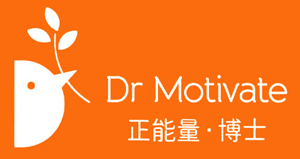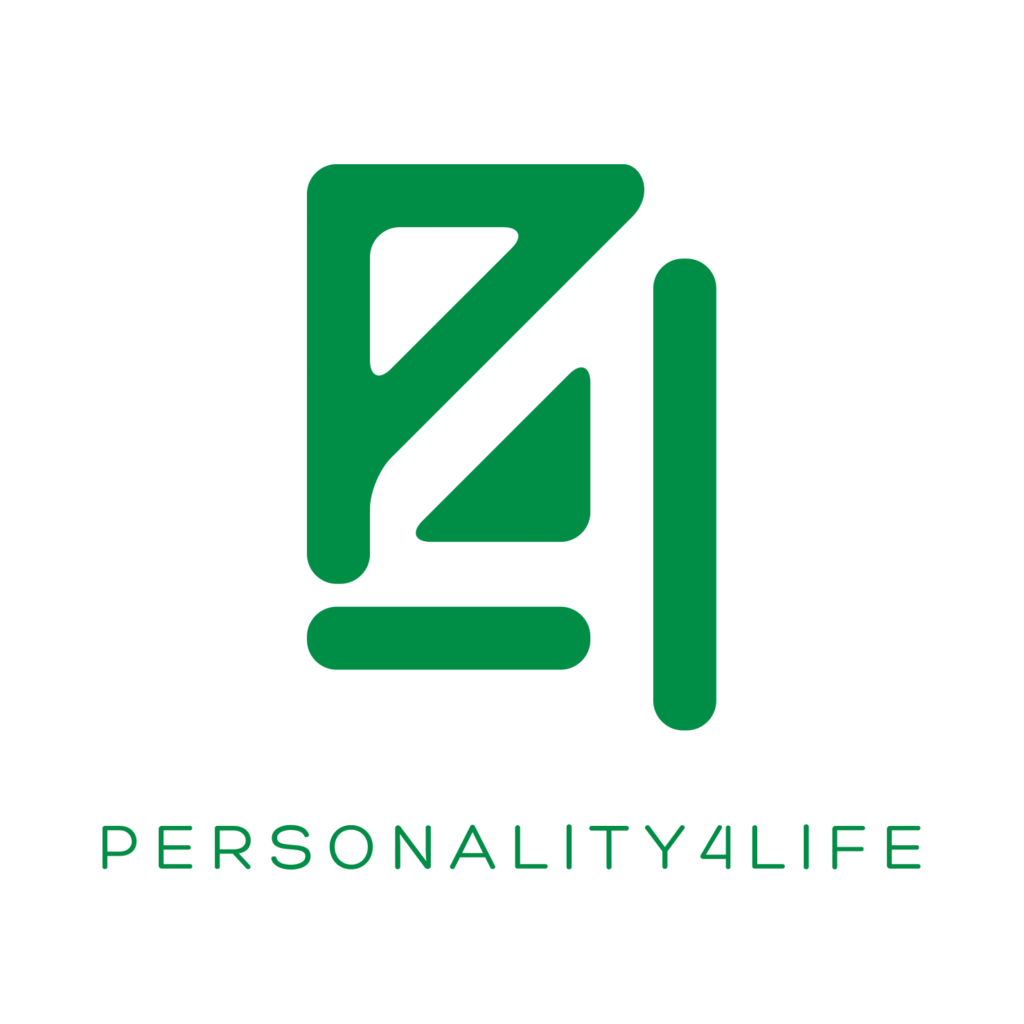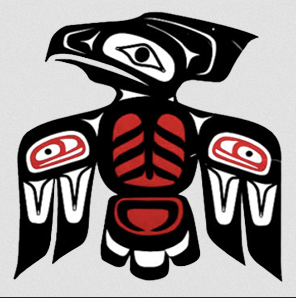 “As a young eagle which direction would you fly, east, north, west or south?”
“As a young eagle which direction would you fly, east, north, west or south?”
This was a question posed by Joesph McQuabbie, Chief of Parry Sound Ojibwa. Joseph was in my Employment and Career Counselling program at George Brown College and was asked to share how First Nation Elders counsel their young people in career directions. This question was part of an hour-long story describing the four cardinal directions of the First Nation’s Medicine Wheel. It was a fantastic contribution to our class on Diversity.
Years later, as a Group Facilitator for an Outdoor Leadership Camp, I was again exposed to the Medicine Wheel. This time by my supervisor, who specialized in Shamanic Teachings, and used the Medicine Wheel as a team building and leadership development tool.
It was then that I recognized a striking similarity between the Medicine Wheel and the four personality styles of Personality Dimensions®. What amazed me was that the Medicine Wheel was developed thousands of years before the first European record of personalities by Hippocrates in 400B.C.
People new to personality styles often have a challenge remembering the different styles. However, with the styles associated to a cardinal direction and earth element, it seems easier to remember and relate. For example, I was asked to lead a Personality for C
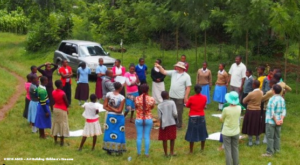
areer Direction workshop with a group of Swahili-speaking female students at a secondary school on Mt. Kilimanjaro, Africa. Not only was the language translation a challenge, but introducing the concept of individual personalities was also difficult. This was a culture with a community perspective and the idea of individual personalities was foreign.
I presented personalities through a modified medicine wheel made on the ground with rope and rocks. The four directions were Kijiji’s (Villages) each living out a behaviour of one of the four personality styles. After hearing the translator share Joseph McQuabbie’s story of the Young Eagle students were asked to “fly” to the village most like them:
- Kijiji ofthe East, where people think up new ideas
- Kijiji of the North, where people are consistent and responsible
- Kijiji of the West, where people are busy building things
- Kijiji of the South, where people care for one another
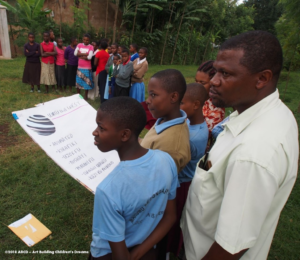 Upon arriving at the villages the students would read a short list of attributes for the villagers and either remain at that village or fly to another. Once they settled on a village they were given a list of occupations related to that village. The occupations suited to each village were the lists of careers from the Career Dimensions component of Personality Dimensions®. With permission from CLSR, I had the list translated into Swahili and modified to make the occupations relevant to Africa.
Upon arriving at the villages the students would read a short list of attributes for the villagers and either remain at that village or fly to another. Once they settled on a village they were given a list of occupations related to that village. The occupations suited to each village were the lists of careers from the Career Dimensions component of Personality Dimensions®. With permission from CLSR, I had the list translated into Swahili and modified to make the occupations relevant to Africa.
The students loved the Medicine Wheel activity. For the first time in 10 years of working with these students, it became obvious that they were starting to dream about their future. Instead of fixing their career idea on what they were exposed to (doctors, teachers, nurses), they now dreamt of new possibilities such as computer technician, truck driver, helicopter pilot, even self-employment.
There is no doubt in my mind that the First Nation’s Medicine Wheel is an effective method of presenting personalities to people of diverse cultures and backgrounds.
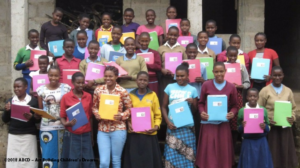
(Photos courteously provided by ABCD – Art Building Children’s Dreams, Mt. Albert, Ontario www.abcdrams.ca)


